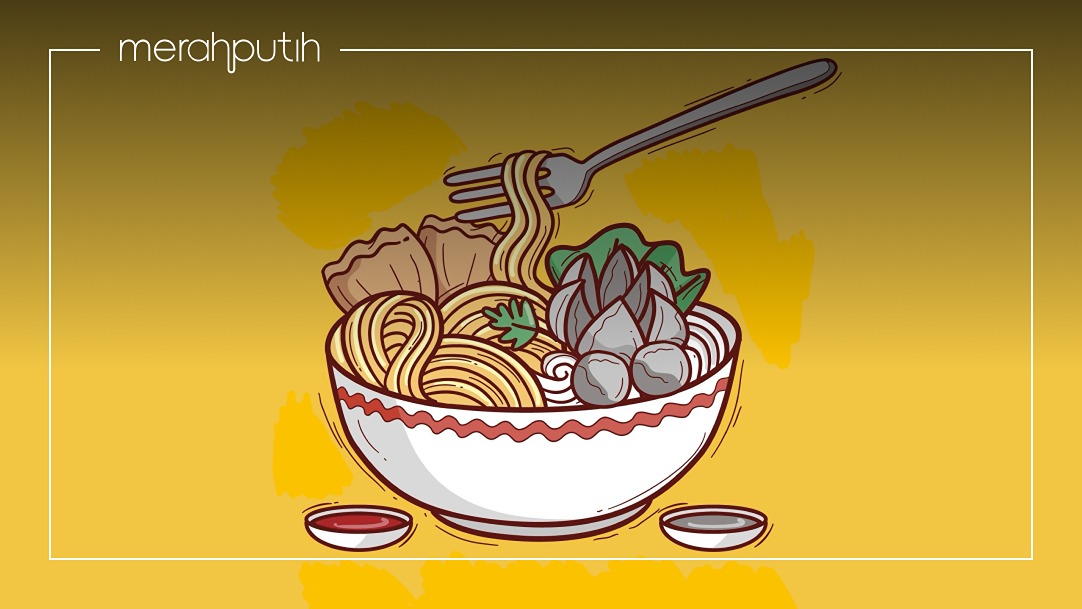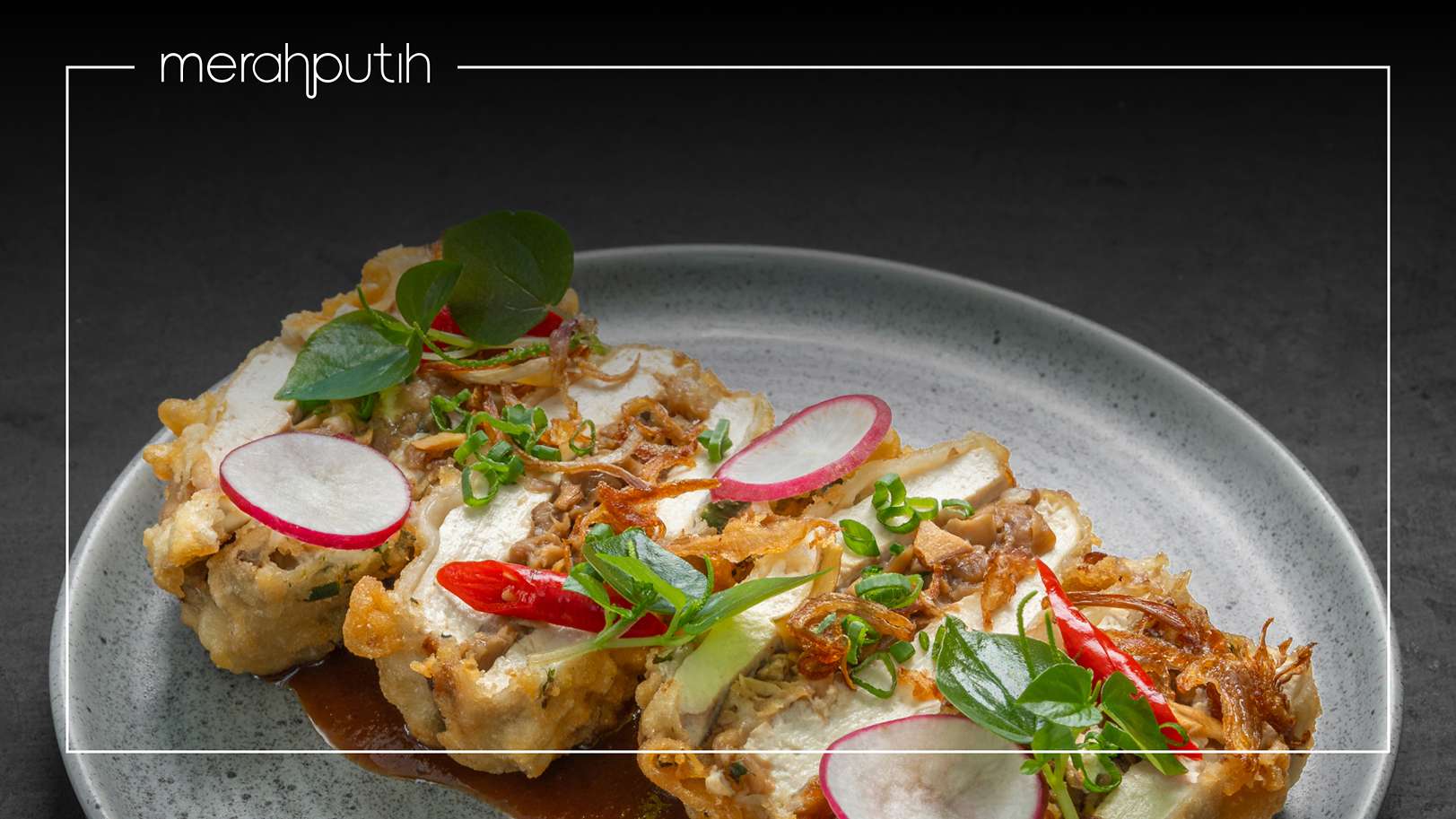Surrounded by rich culture from neighbouring countries like Singapore, Malaysia, and China, Indonesia’s diverse cuisine draws from many influences. History also brought travellers and merchants from around the world to the archipelago’s shores, greatly impacting how and what Indonesians cook to this day.
Signature dishes between Indonesia and surrounding Asian cuisines may overlap. One such similarity is the use of noodles in every day cooking. Believed to have been brought over by Chinese immigrants in the 15th century, noodles of all kind have now become a staple, often used in place of rice.
Visiting Indonesia soon? Here are the best Indonesian noodle dishes you shouldn’t miss on your culinary adventure.
Mie Goreng
A crowd favourite, mie goreng is a go-to order for both locals and foreigners alike. The dish’s name translate to “fried noodles.” It stars egg noodles, stir-fried with base spices of chili, garlic, shallot, salt and pepper, and sometimes chili.
The contents of mie goreng differ between vendors. When making your own, you can also customise the recipe according to your preference. However, common ingredients in this Indonesian noodle includes chicken, seafood, or beef, and some vegetables.
Everything is coated in sweet soy sauce, creating a sweet and savoury dish with multiple textures – the crunch of vegetables, the tenderness of the protein, and the al dente noodles.
Mie Godog
If not fried, Indonesians love a good noodle stew, which is what this next Indonesian noodle dish is. This hot bowl is a hearty meal perfect for rainy days.
Yellow noodles are stewed in chicken broth along with a mix of garlic, shallots, pepper, candlenuts, and chili. The stew commonly contains mustard greens, cabbage, tomatoes, and shredded chicken. These are all tossed quickly in a pan before serving on top of the noodles.
Kwetiau
Egg noodles aren’t the only kind of Indonesian noodles available. Kwetiau is a flat rice noodles originating from China but adopted into Indonesian cooking.
This type of noodle, which has a bouncy texture when cooked, is often stir-fried using ingredients much like those used in mie goreng. Some vendors may opt out of using sweet soy sauce, leaving the dish more savoury. In countries like Singapore and Malaysia, this is known as char kwetiau.
Aside from frying, kwetiau can also be made into a stew called “kwetiau siram.” This is a thick stew topped with slices of beef and spring onions. Seafood is often used as an alternative to beef.
Bakmi Ayam
Another Chinese influence on Indonesian cuisine is evident in bakmi ayam. The star of the dish is wheat noodles, boiled and then tossed in chicken grease and soy sauce.
While bakmi ayam most commonly has chicken as a topping, other meats can also be used. Duck, pork, beef, and seafood, all go perfectly with wheat noodles. In the case of different meats being used, the name of the dish will also change, as “bakmi ayam” means chicken noodles.
This hearty Indonesian noodle is often served with a bowl of broth and topped with spring onions.
Bihun Goreng
In addition to egg, wheat, and flat rice noodles, some Indonesian recipes will call for bihun, also known as vermicelli. This type of noodle is translucent and thin, giving a texture comparable to Italy’s angel hair pasta.
Bihun goreng or fried vermicelli is cooked in the same ingredients as mie goreng. However, it gives a different texture than other kinds of noodles. While fried bihun is the more popular option, it can also be made into a soup.
Soto Mie
Not to be confused with soto, the chicken soup with yellow broth, soto mie is another Indonesian traditional dish most popular in Bogor, West Java.
This noodle soup combines both egg noodles and bihun in a beef broth. In the soup, you’ll find tomatoes, beef cubes, radish, and fried spring rolls. It is often topped with fried shallots and a drizzle of lemon juice, making for fresh and exciting flavours.
Mie Aceh
From the northwestern tip of Sumatra comes mie aceh. Unlike other Indonesian noodles, this mie is a sort of curry made of yellow noodles and any protein or vegetable you prefer.
Spices used in this dish are similar to mie goreng, with the addition of cardamom, cumin, and star anise to create the curry flavours.
There are two ways to serve mie aceh, one is a dry noodle, and the other is nyemek, which is slang for “soggy.” To create mie nyemek, the noodles are stewed in the sauce for a longer period of time until the texture softens.
Mie Lobster
As seen in the variety of noodle dishes in Indonesia, the versatility of this Asian ingredient makes it easy to incorporated into different recipes – from street food to fine dining.
While all of the above meals can be found at street vendors, markets, and chain restaurants, you’ll find more elevated versions of noodles at high-end restaurants. One such dish is the exquisite mie lobster at Merah Putih restaurant in Bali.
This menu was developed by Executive Chef Wiwik who has been with the restaurant since 2013. A fresh catch of slipper lobster from Indonesian waters is tossed in a chili sauce with some ebi, which is dried shrimp from Kalimantan. The noodles are coated in soy sauce and a healthy amount of garlic, then topped with chives and chopped chili.
Eager to try mie lobster for yourself? Book a table at Merah Putih with these gift vouchers and enjoy your delicious meal!
FAQ
In Indonesia, fried noodle is called “mie goreng.” It stars egg noodles, stir-fried with base spices of chili, garlic, shallot, salt and pepper, and sometimes chili. The contents of mie goreng differ between vendors. However, common ingredients in this Indonesian noodle includes chicken, seafood, or beef, and some vegetables.
Indonesia uses different types of noodles in a variety of recipes, including mie goreng, mie godog, kwetiau, and bakmi ayam.
Signature dishes between Indonesia and surrounding Asian cuisines may overlap. One such similarity is the use of noodles in every day cooking. Believed to have been brought over by Chinese immigrants in the 15th century, noodles of all kind have now become a staple, often used in place of rice.

